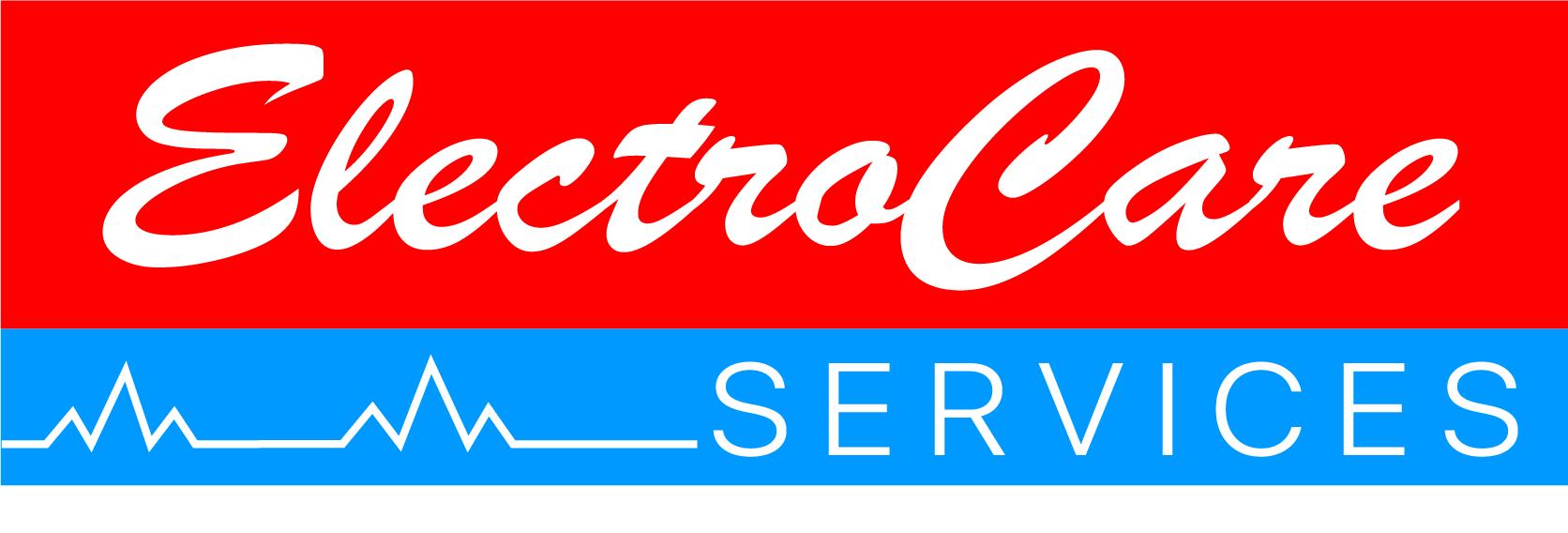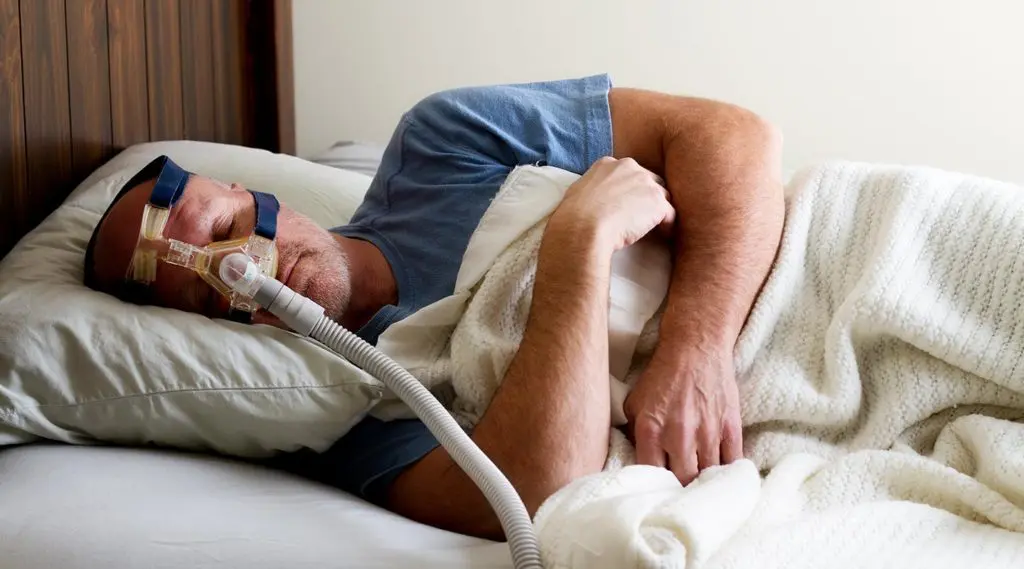How to Stop Snoring Using a CPAP
Introduction
Snoring is not only a common annoyance but can also be a sign of a serious health condition known as obstructive sleep apnea (OSA). Continuous Positive Airway Pressure (CPAP) therapy is one of the most effective treatments for OSA and can significantly reduce or eliminate snoring. This article will explain how CPAP works and how it can help you stop snoring, improve your sleep quality, and enhance your overall health.
Understanding Snoring and Sleep Apnea
- What Causes Snoring?
- Snoring occurs when the flow of air through the mouth and nose is partially blocked during sleep, causing the surrounding tissues to vibrate.
- Common causes include nasal congestion, obesity, alcohol consumption, and sleeping position.
- What is Obstructive Sleep Apnea (OSA)?
- OSA is a condition where the airway becomes blocked during sleep, leading to repeated interruptions in breathing.
- Symptoms include loud snoring, choking or gasping during sleep, excessive daytime sleepiness, and morning headaches.
- Why is Snoring a Concern?
- While occasional snoring is generally harmless, chronic snoring can indicate OSA, which increases the risk of heart disease, stroke, and other health issues.
- Snoring can also disrupt the sleep of both the snorer and their bed partner, leading to poor sleep quality and daytime fatigue.
How CPAP Therapy Works
- What is CPAP?
- CPAP stands for Continuous Positive Airway Pressure.
- It is a device that delivers a steady stream of air through a mask to keep the airway open during sleep.
- Components of a CPAP Machine:
- CPAP Motor: Generates the airflow needed to keep the airway open.
- Hose: Carries the air from the machine to the mask.
- Mask: Fits over the nose, mouth, or both to deliver the air pressure.
- How CPAP Stops Snoring:
- The continuous air pressure prevents the airway from collapsing, eliminating the main cause of snoring in OSA patients.
- By maintaining an open airway, CPAP ensures uninterrupted breathing and a restful night’s sleep.
Benefits of Using a CPAP Machine
- Reduction in Snoring:
- CPAP effectively stops snoring by keeping the airway open, allowing for smooth and silent breathing.
- Improved Sleep Quality:
- With uninterrupted breathing, users experience deeper, more restorative sleep.
- Better Overall Health:
- Treating OSA with CPAP reduces the risk of cardiovascular issues, lowers blood pressure, and improves overall health.
- Enhanced Daytime Alertness:
- Proper sleep reduces daytime sleepiness and improves concentration, productivity, and mood.
- Peaceful Sleep for Bed Partners:
- Eliminating snoring benefits not only the user but also their bed partner, leading to better sleep for both.
Choosing the Right CPAP Machine and Mask
- Types of CPAP Machines:
- Standard CPAP: Delivers a fixed pressure throughout the night.
- Auto CPAP (APAP): Adjusts the pressure automatically based on the user’s needs.
- Bi-level PAP (BiPAP): Provides different pressures for inhalation and exhalation, useful for patients who have difficulty exhaling against the pressure.
- Selecting a Mask:
- Nasal Mask: Covers the nose and is suitable for those who breathe through their nose.
- Full-Face Mask: Covers both the nose and mouth, ideal for mouth breathers.
- Nasal Pillow Mask: Inserts into the nostrils, offering a minimal and lightweight option.
- Features to Consider:
- Humidifier: Adds moisture to the air to prevent dryness and irritation.
- Ramp Feature: Gradually increases air pressure to help you fall asleep comfortably.
- Quiet Operation: Ensures minimal noise for a peaceful sleep environment.
Tips for Using a CPAP Machine
- Getting Used to CPAP:
- Start by wearing the mask for short periods while awake to get accustomed to the sensation.
- Use the ramp feature to gradually increase the air pressure.
- Ensuring a Proper Fit:
- Adjust the mask to ensure it fits snugly without causing discomfort or leaks.
- Consult with a healthcare provider or CPAP technician for proper fitting.
- Maintaining the Equipment:
- Clean the mask, hose, and water chamber regularly to prevent infections and ensure optimal performance.
- Replace filters and other parts as recommended by the manufacturer.
- Staying Consistent:
- Use the CPAP machine every night, even during naps, to maintain the benefits of therapy.
- Keep track of your progress and share your experience with your healthcare provider for any necessary adjustments.
Conclusion
Snoring can be more than just a bedtime annoyance; it can be a sign of a serious health condition like obstructive sleep apnea. Using a CPAP machine is a proven method to stop snoring and improve your sleep quality and overall health. By keeping your airway open, CPAP therapy ensures you breathe smoothly and quietly throughout the night, reducing the risk of health complications associated with sleep apnea. If you or a loved one suffers from chronic snoring, consult a healthcare provider to explore CPAP therapy and take a significant step towards a healthier, more restful life.



